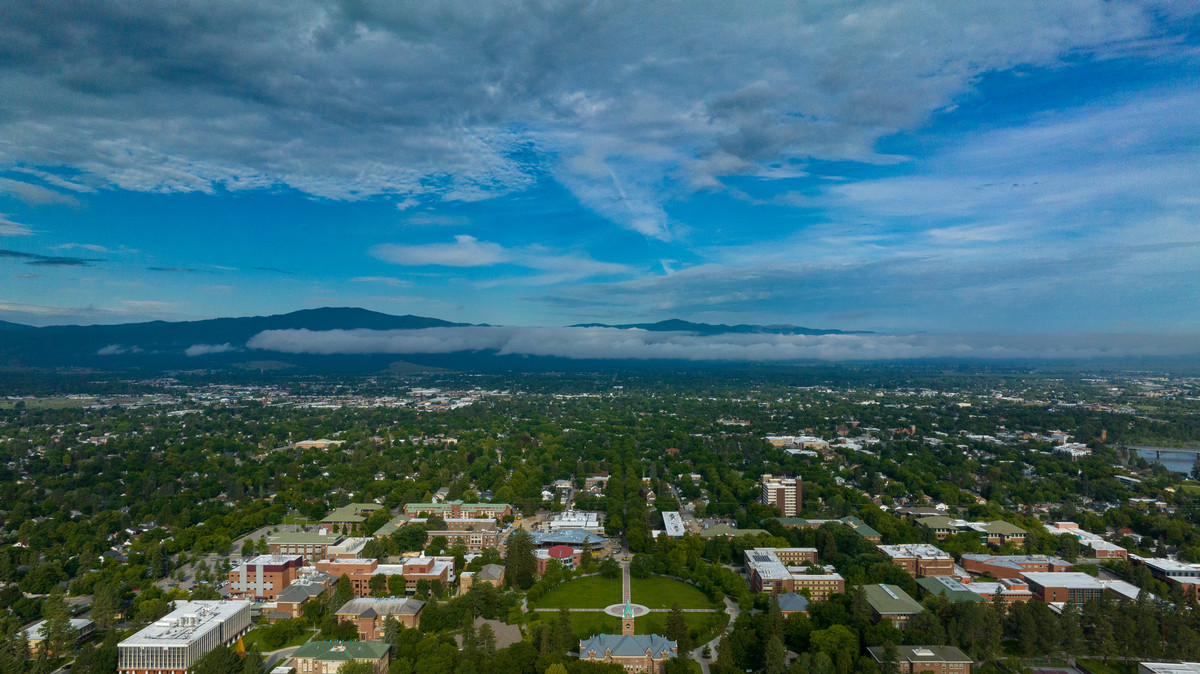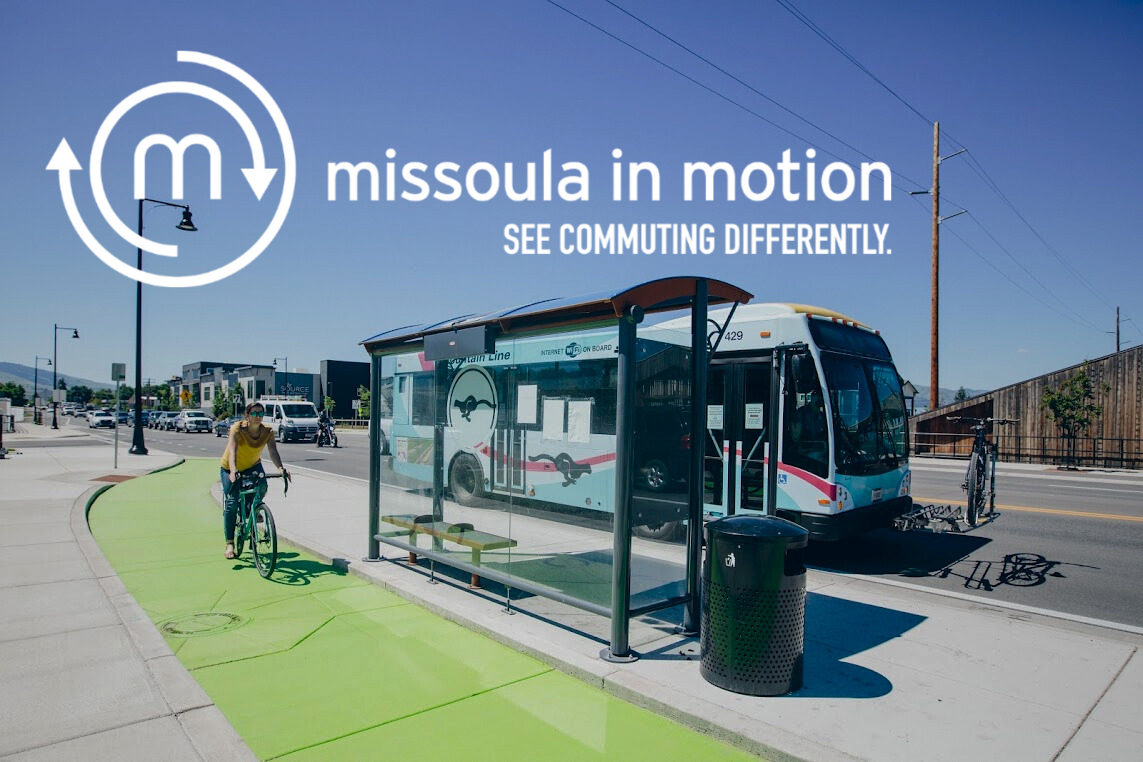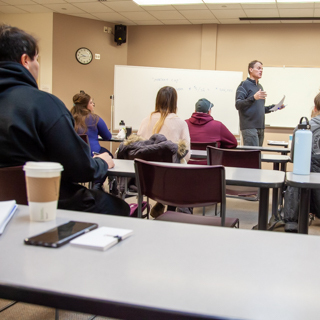Air & Climate
UM's Greenhouse Gas Inventory

The University of Montana has made significant strides in sustainability by completing a comprehensive greenhouse gas (GHG) emissions inventory, encompassing all Scope 1 and 2 emissions, using the SIMAP tool. This effort reflects a transition from the Clean Air-Cool Planet Campus Carbon Calculator, marking a decade of UM's commitment to tracking and reducing emissions. The inventory includes emissions from various campus operations, as well as Scope 3 emissions like student and faculty commuting and university-financed travel. This information, gathered every other year, is used in our AASHE STARS report. For more details, visit their sustainability reports page.
To read our most recent GHG Inventory, visit the publications page.
Video: Inversions and Missoula Air Quality
Because Missoula is located in a valley, we are susceptible to inversions, a phenomenon usually occurring in the winter. Taking steps to lower your emissions by driving less, carpooling, not idling, and using public transportation can all help our winter air quality. Learn more about how inversions work by watching this video from Salt Lake County.
Clean your Commute with Missoula In Motion

Missoula In Motion is an organization within the City of Missoula’s Transportation Planning Division that is dedicated to increasing the use of sustainable transportation through education and encouragement programs. They believe that shifting behaviors towards walking, biking, riding the bus, carpooling, vanpooling or telecommuting instead of automatically hopping into a vehicle is key to reducing our dependence on fossil fuels, improving air quality, boosting individual physical activity, and creating a more vibrant community. It's all about doing what you can and when you can because when one person is able to choose to travel sustainably, it truly benefits us all.
Way to Go! Missoula (WTG!M) is an easy to use website and App that makes planning and logging sustainable trips simple and convenient. Create an account with WTG!M to find sustainable route options, search and connect with carpool matches, track trips to earn rewards, and guide Missoula planners to build safe infrastructure for all modes of transportation.
Carbon Neutrality at UM
In 2010, former President Dennison worked with students and sustainability Coordinator, Cherie Peacock, to create the University of Montana Climate Action Plan (CAP). This was signed after the 2002 Talloires Declaration, which identified the University of Montana as an institution committed to reducing our environmental impact and supporting climate change mitigation. The original and ambitious goal was to become a Carbon Neutral Campus by the year 2020.
Following these signatures, our Sustainability Coordinators have worked with campus engineers, committees, students, and community members to reduce our campus emissions and follow through with the goals outlined in the CAP. Since then, we have regularly completed a Green House Gas Inventory and recorded the emissions associated with the University of Montana.
Until 2016, the University consistently met the goals outlined in the CAP. After 2015, a number of external circumstances began to impact the original goal of Carbon Neutrality. Those circumstances include the creation of several new buildings on campus, fluctuating staff and student census, and the energy portfolio of our utility provider, Northwestern Energy. Regardless, the Office of Sustainability continues to advocate for reducing our carbon emissions.
In the summer of 2017, the Office of Sustainability completed our second STARS (Sustainability, Tracking, Assessment, and Rating System). Because of the holistic applicability of sustainability, the Office committed to using the STARS tool as an outline for future sustainability projects. Within this tool is the measurement of greenhouse gas reduction; the office remains committed to reducing the emissions of the university while simultaneously influencing other parts of campus culture, student activity, and operations.
In the Fall of 2017, Campus Recreation became the first building on campus to become entirely carbon-free! In years past, the administration worked to educate employees and participants about carbon footprints and strategies to reduce their environmental impact. In December, Campus Rec purchased carbon offsets to eliminate the final remainder of their carbon emissions. We hope this becomes the norm as campus partners react to climate change. Congratulations, Campus Rec!
